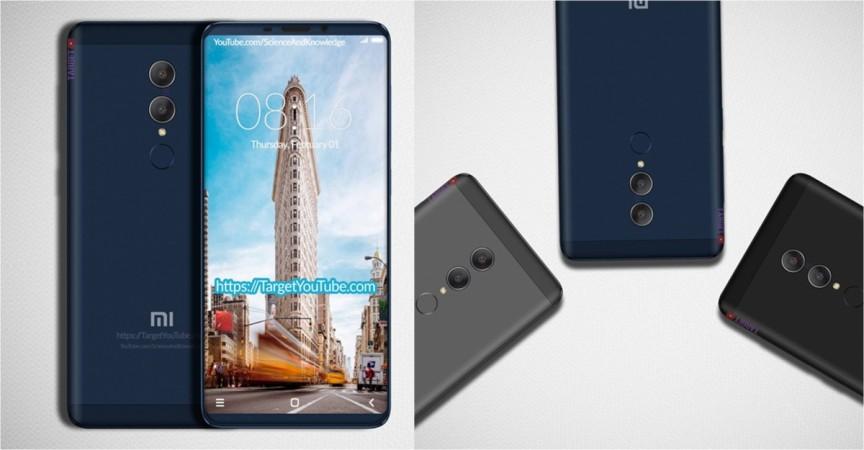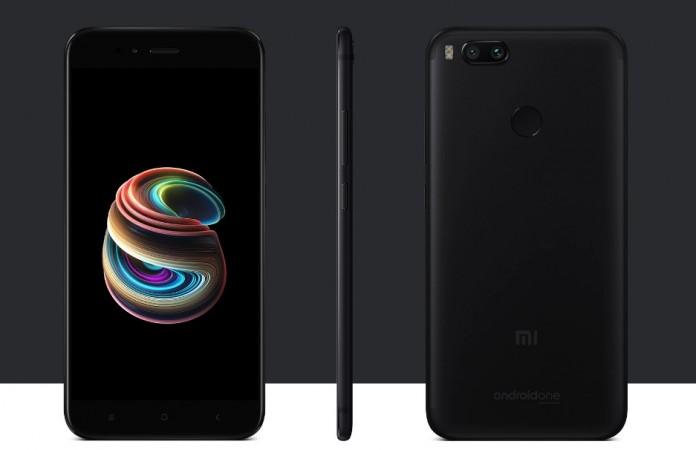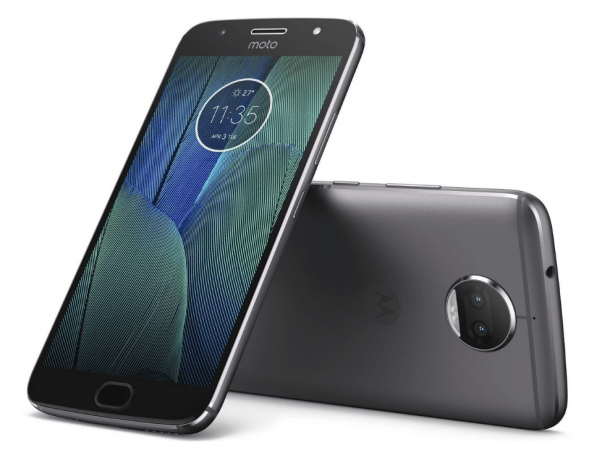
After ending 2017 on a great note, Xiaomi is looking at a promising new year. The Chinese smartphone maker growth in 2017 was more than Apple, Samsung and Huawei combined, and handsets like Redmi Note 4, its flagship Mi 6 series, Mi MIX 2 series and others had a key role in it. As the company embarks on a new journey in 2018, the Redmi Note 5 is one of the most anticipated phones expected to be launched on February 14.
Initially, rumors pointed at an early January release, but the company had different plans in mind. The Redmi Note 5 is now expected to be showcased ahead of the MWC 2018, complete with 18:9 full view display, dual cameras, refreshed design and more. While Xiaomi will continue its aggressive pricing for the new premium phone, making it buyer's worth, those who cannot wait any longer can explore other options.
Besides Xiaomi, there are other brands with similar strategies where they offer high-value phones at low prices. Huawei's sub-brand Honor is one such example. Let's take a look at some of the budget premium smartphones you can buy right now.
Honor 9 Lite (REVIEW)
Honor 9 Lite is a worthy contender to replace Xiaomi Redmi Note 5 for you right now. The reason it can be your number one choice is the bundle of features that come inside the phone at a reasonable price.

Honor 9 Lite comes in two variants – 3GB RAM + 32GB ROM and 4GB RAM + 64GB ROM – priced competitively at Rs 10,999 and Rs 14,999, respectively. The smartphone comes with the quad-camera setup with 13MP+2MP sensors on both sides. The rear-facing main camera has PDAF and LED flash. The camera is also equipped with AI-based features that will identify your subject while shooting a photo.
The Honor 9 Lite throws a premium look with its glossy metal and glass fusion design, complete with an 18:9 aspect ratio display measuring 5.65 inches diagonally. The handset is powered by Huawei's proprietary HiSilicon Kirin 659 octa-core chipset, a 3,000mAh battery and Android Oreo-based EMUI 8.0. The handset sports a fingerprint sensor on the back, supports dual SIM cards, microSD card and all standard connectivity features including 4G VoLTE.
Xiaomi Mi A1 (REVIEW)
If you love stock Android experience, you cannot go wrong with Xiaomi Mi A1. Part of Google's Android One program, the Mi A1 is the most premium smartphone you can buy. It is priced at Rs 13,999, but more than justifies that cost.

Xiaomi Mi A1 runs the latest Android Oreo, and it is powered by a Snapdragon 625 chipset, which is paired with 4GB RAM and 64GB expandable storage. The optics are quite good on the phone, which is taken care by two 12MP lenses at the back and a 5MP selfie snapper.
The Mi A1, like others in the same range, features a fingerprint scanner, and sports a reasonable 3,080mAh battery.
Honor 7X (REVIEW)
"Overall, the Honor 7X is a prime candidate for the title of new king of mid-range category, as it ticks almost all the right boxes, be it the fast performance, long lasting battery, latest display standard (18:9 aspect ratio), a dual-camera (with Bokeh blur effect) and yet doesn't burn a hole in your pocket," was the summary of our review of Honor 7X.

It is one of the worthiest smartphones money can buy right now. It is priced at Rs 10,999 and features a 5.65-inch Full HD display, 16MP+2MP rear camera setup, an 8MP front shooter, and a rear-mounted fingerprint scanner.
The Honor 7X is powered by HiSilicon Kirin 659 chipset, which is same as the Honor 9 Lite, and comes with 3GB/4GB RAM options for 32GB/64GB storage models. The handset sports a 3,340mAh battery and runs Android 7.1 Nougat EMUI out-of-the-box.
Moto G5S Plus
Motorola hasn't refreshed its lineup in 2018, but the Moto G5S Plus is still a relevant choice in the sub-Rs 15,000 price category. Priced at Rs 14,999, the Moto G5S Plus comes with a 5.5-inch Full HD display, dual cameras at the back with two 13MP sensors, and an 8MP selfie snapper.

The handset is powered by a Snapdragon 625 chipset paired with 4GB RAM and 64GB expandable storage. The phone has a 3,000mAh battery under the hood with Android 7.1 Nougat running the show. There's a fingerprint sensor to quickly authenticate the registered owner of the device.
















